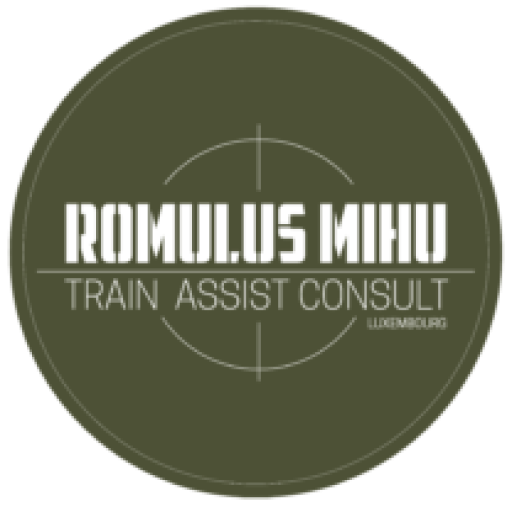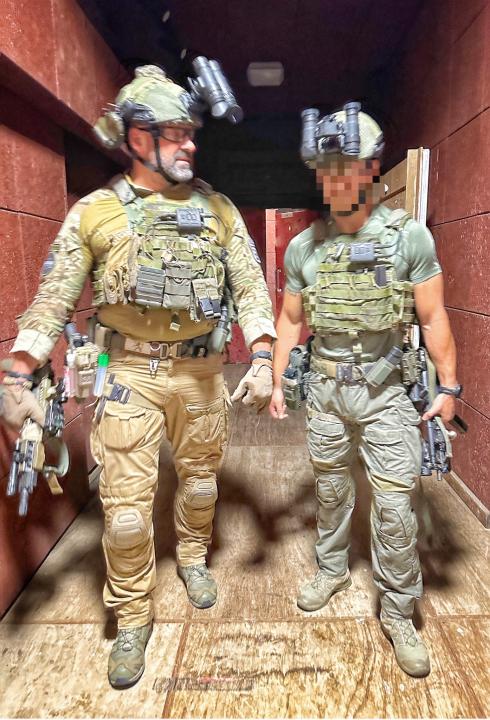Proficiency in Close Quarters Battle (CQB) is necessary for success in modern military and law enforcement operations, as it entails combatting within confined areas like buildings or hallways. By employing night vision devices one may obtain a tactical advantage in such situations, exploring how nighttime operations with specialized gear such as night vision can enhance Close Quarters Battle (CQB) outcomes is the primary focus of this article.
Advantages of Conducting CQB Under Night Vision
Low-light environments call for enhanced situational awareness which can be achieved through the use of night vision devices, so identifying possible threats & targets before problems arise is how soldiers & law enforcement successfully preempts them.
Night vision devices significantly aid in the process of identifying targets by making it easier, especially during situations with low-light or no-light conditions.
By using night vision devices, soldiers and law enforcement personnel can minimize the likelihood of shooting their own forces by accident and decrease the likelihood of friendly fire incidents.
Incorporating night vision devices into our tactics increases our level of flexibility, and the ability of soldiers and law enforcement officers to maneuver confidently through low-light environments enhances their capacity for completing mission objectives.
Techniques for CQB with Night Vision Devices
One of the techniques that can be used in CQB with Night Vision Goggles (NVGs) is to mount the lighting system directly on the firearm, which can aid in recognizing possible targets and detecting potential dangers. Using the light to blind your foe for a moment gives you an opening to take charge.
The importance of hand signals cannot be overstated when it comes to CQB situations, especially if one uses night-vision tools. Communication through hand signals ensures a common understanding among all members of the team, despite not being able to see one another.
When performing night vision, CQB movement should be methodical and unhurried. Adopting this method of movement will make sure that no unnecessary sounds are made which may potentially allow others to locate you.
Tech tips:
Use a Weapon-Mounted Light: One technique for conducting CQB with night vision is to use a weapon-mounted light. This can be helpful in illuminating potential targets and identifying potential threats. The light can also be used to temporarily blind an enemy, giving you an opportunity to gain the upper hand.
Use Hand Signals: Hand signals are an important part of CQB in any situation, but they become even more critical when using night vision devices. Using hand signals ensures that everyone on the team is on the same page, even if they can’t see each other’s faces.
Move Slowly and Deliberately: Moving slowly and deliberately is important when conducting CQB under night vision. This allows you to move with greater precision and avoid making noise that could give away your position.
Cover All Angles: When conducting CQB under night vision, it’s important to cover all angles. This means checking behind doors, in corners, and under furniture. It’s important to be thorough in your search to avoid any surprises.

Success has been achieved through the implementation of CQB techniques combined with the use of night vision equipment, and the use of night vision technology was instrumental for the US Navy SEAL team during their mission to take down Osama Bin Laden. Navigating through a dark compound using night vision devices was an integral part of this operation conducted by SEALs.
In summary, of the statements made about CQB with night vision device techniques – it is clear that these methods give military personnel and police officers a considerable advantage. Moreover, when it comes to CQB scenarios which require effective execution of missions with limited visibility during dark environments or low-light conditions – night vision devices provide important advantages such as reduced friendly fire risks along with enhanced situational awareness and target identification to ensure successful accomplishment of missions.

